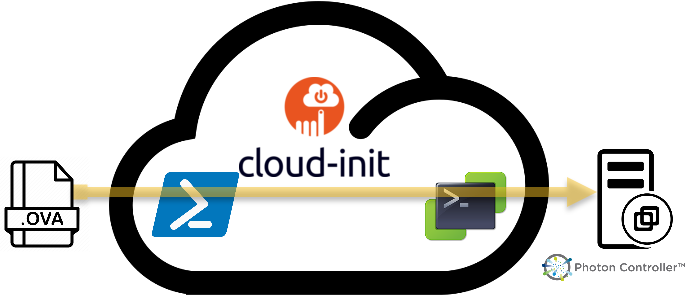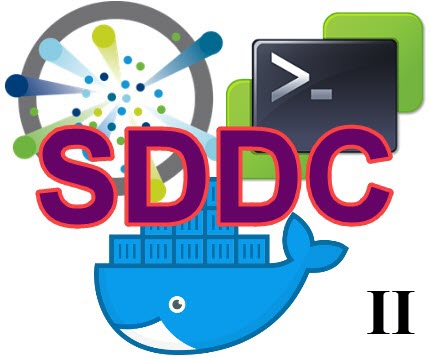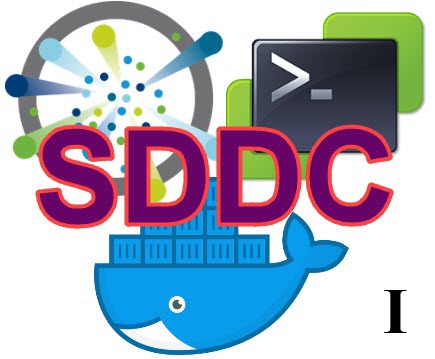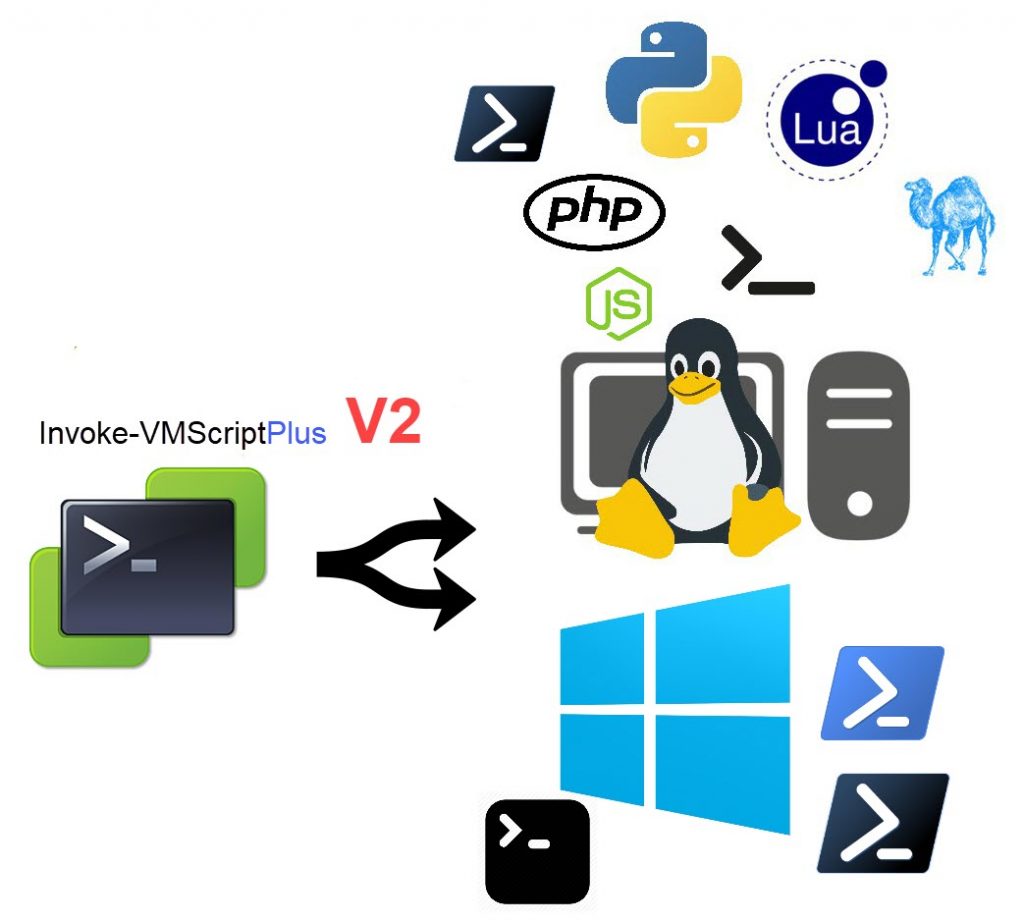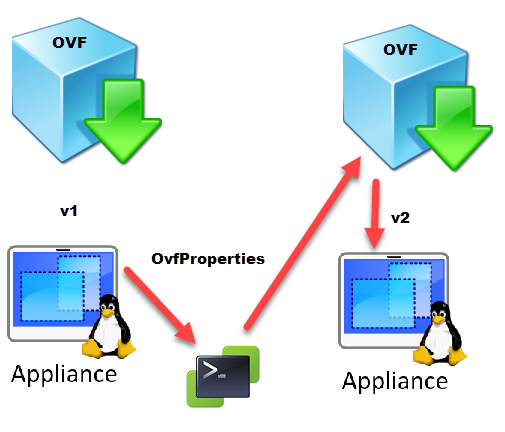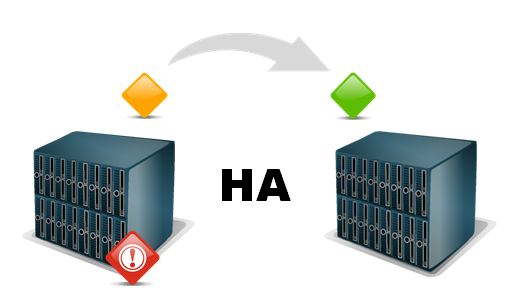While Content Libraries are becoming more and more used, there are still some features that are not yet implemented in PowerCLI. So is it for example not possible to mount an ISO file located in a Content Library on a VM. The Set-CDDrive cmdlet is currently lacking this functionality, while the Web Client offers this option.
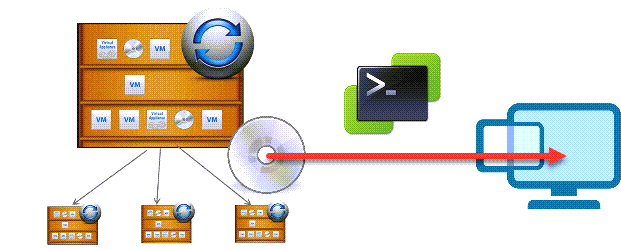
Like often, and one of the VMware PowerCLI features I absolutely like, when a cmdlet is missing a feature, you can fall back on the API to solve the issue.
Continue reading How to Mount a Content Library ISO on a VM
